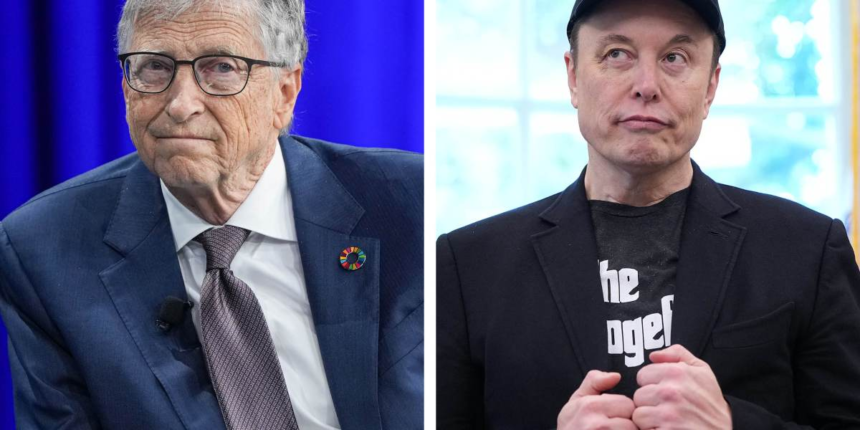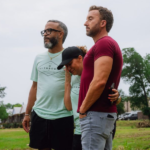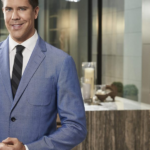I was born in the Philippines, once a U.S. colony, shortly after World War II. But even from afar, I always felt a kinship with the United States. So in 1977, I decided to pursue my ambitions—and a master’s degree—in America. The day I swore the oath of allegiance at the federal courthouse in Manhattan and became an American citizen will always rank among the proudest of my life.
Back then, I had no idea of how much USAID was accomplishing in the Philippines, much less that I would be personally involved with it.
Even so, other prominent opponents of the controversial cuts stepped into the breach. In a private videoconference beamed to USAID staffers worldwide in late June, Presidents George W. Bush and Barack Obama, along with U2 singer Bono, delivered a heartfelt farewell to the agency. “Gutting USAID is a travesty,” Obama said, “and it’s a tragedy.” Bush asked the USAID staffers in attendance, “Is it in our national interests that 25 million people who would have died now live? I think it is, and so do you.”
In my own country, from 1995 to 2013 USAID trained 28,000 former combatants with skills and tools to farm land and otherwise earn a living, helping to reintegrate these civilians back into society, lifting the economy in a Southern Philippines still torn by war.
Thanks to a hand from USAID, our maternal mortality rate over a 23-year period was cut almost in half, from 209 per 100,000 live births in 1993 to 114 per 100,000 live births in 2015. More than 1.5 million Filipinos benefitted from USAID support of sustainable management for coastal fisheries to stop overfishing and environmental degradation.
I also had the opportunity to go shoulder to shoulder with USAID as the lead for two startup enablers. We joined forces in the STRIDE program that bolstered entrepreneurship and innovation.
The upshot is that USAID embodied for us the very best ideals of America. It created an aura of goodwill between our countries. More tangibly, it helped the most vulnerable of the vulnerable, all while building demand for American knowhow and products.
All of these programs abruptly ended this year, and almost everyone I knew at USAID packed up and headed home. Some 1,600 USAID employees, as the first step in a “reduction-in-force,” were placed on “administrative leave globally.”
Last month, MaryKay Carlson, U.S. Ambassador to the Philippines, formally brought down the curtain on this long-standing lifeline between our two countries. She hosted a farewell party at her residence with members of USAID’s local staff to celebrate the partnership. I attended what felt less like a divorce than a wake.
After the party and all of its speeches, someone handed me a bag filled with mementoes of USAID’s role in the Philippines—a pen, a mug, a calendar, a book that captured its many achievements, all inscribed with the USAID motto, “From the American People.” As I walked out into the humid tropical night, I clutched the bag with a tight grip feeling the utmost gratitude to America and all Americans.
Even in the face of this disappointment, as someone with a bilateral perspective whose life has straddled both countries, I’m still hopeful that the U.S. and the Philippines will remain on friendly terms—and more tangibly, that the U.S. State Department will resume USAID’s heroic crusade.
The opinions expressed in Fortune.com commentary pieces are solely the views of their authors and do not necessarily reflect the opinions and beliefs of Fortune.









